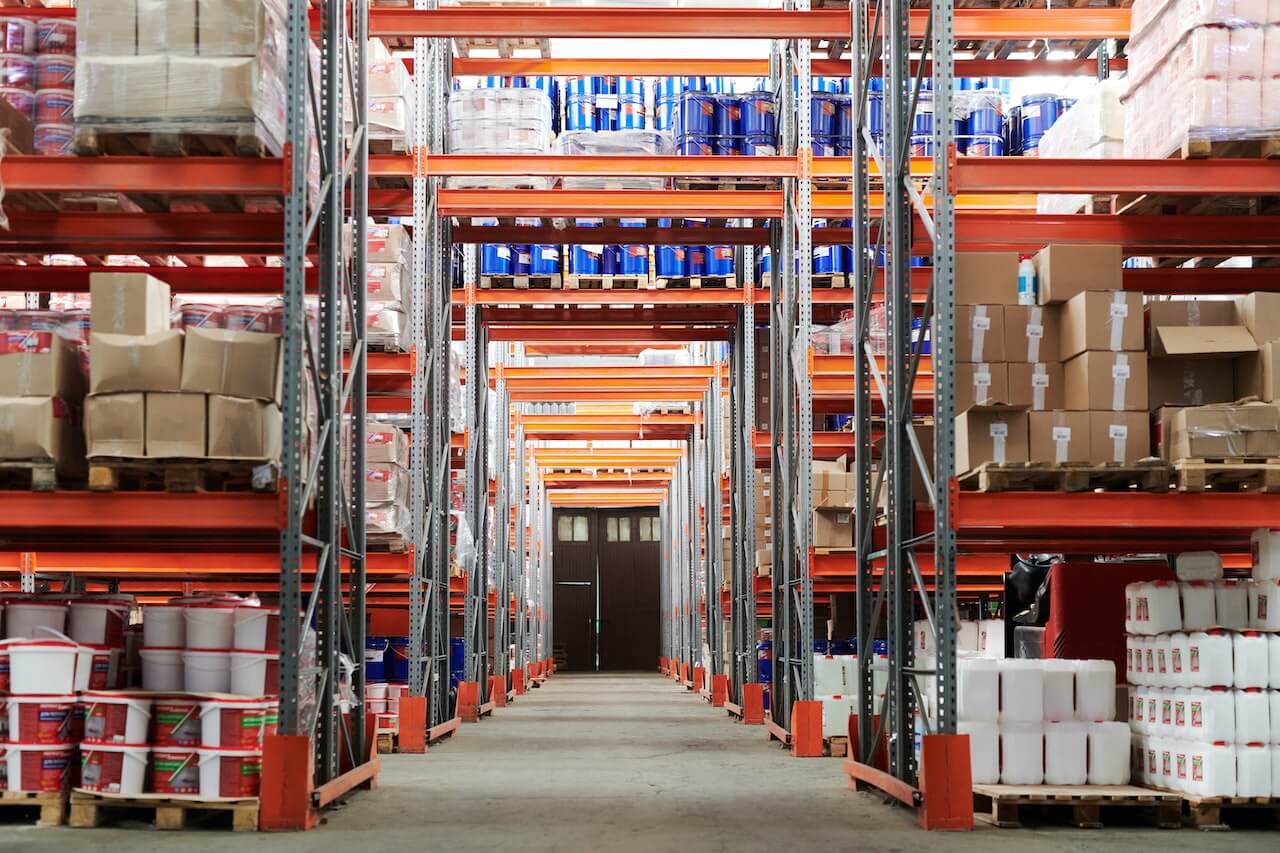AI and robots have revolutionized the warehousing industry, transforming traditional manual operations into efficient and highly automated processes.
Their integration has led to significant improvements in productivity, accuracy, and cost-effectiveness. Let’s explore the role of AI and robots in warehousing in more detail.
Inventory Management
AI plays a crucial role in optimizing inventory management. By analyzing historical data, market trends, and customer demand, AI algorithms can predict future demand patterns, enabling warehouses to maintain optimal stock levels. This minimizes stockouts, reduces excess inventory, and maximizes operational efficiency.
Order Fulfillment
Robots are increasingly used for order fulfillment tasks in warehouses. Autonomous mobile robots (AMRs) navigate the warehouse environment, locate items, and retrieve them for order processing. These robots can handle repetitive, time-consuming tasks such as picking, packing and sorting, significantly improving order accuracy and speed.
Warehouse Optimization
AI algorithms are employed to optimize warehouse layout and design. By considering factors such as product popularity, picking frequency, and storage capacity, AI can recommend efficient storage configurations, reducing travel time and increasing storage density. This ensures that frequently picked items are easily accessible and minimizes the overall space required.
Predictive Maintenance
AI-powered systems can monitor the health and performance of warehouse equipment in real-time. By analyzing sensor data and historical maintenance records, AI algorithms can predict potential equipment failures, enabling proactive maintenance and reducing downtime. This ensures that machinery and robots are functioning optimally, minimizing disruptions in warehouse operations.
Route Optimization
AI algorithms optimize the movement of goods within the warehouse. By analyzing order data, warehouse layout, and real-time traffic conditions, AI can determine the most efficient routes for robots and human workers. This reduces travel time, eliminates bottlenecks, and improves overall productivity.
Quality Control
AI and computer vision technologies are utilized for quality control in warehousing. AI algorithms can inspect products using cameras and sensors, detecting defects, inconsistencies, or damaged items. This enables warehouses to identify and rectify issues early in the process, reducing waste and ensuring only high-quality products are shipped to customers.
Data Analytics and Decision-Making
AI helps warehouses make data-driven decisions by analyzing vast amounts of data collected from various sources. These insights can be used to optimize processes, identify areas for improvement, and make strategic decisions regarding inventory management, labor allocation, and resource utilization.
Overall, the integration of AI and robots in warehousing has transformed the industry, making operations more efficient, accurate, and cost-effective.
With continued advancements in AI technology and robotics, the role of automation in warehousing is expected to grow further, leading to increased productivity and improved customer satisfaction.



